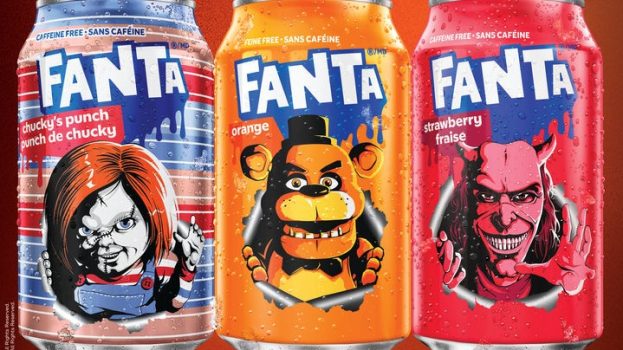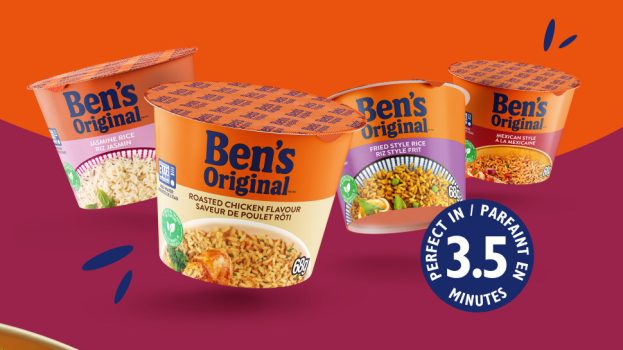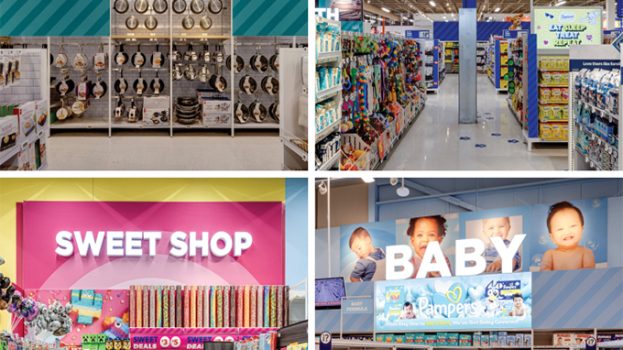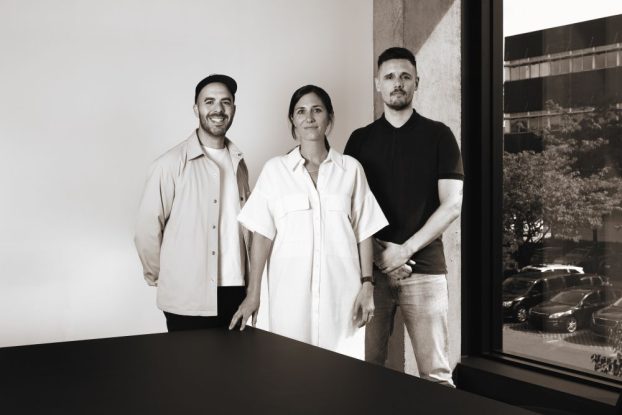By Max Valiquette
I’m going to take a little break from the regular Consumerology column, if that’s okay. Don’t worry: next month we’ll be back with the first of several columns concerning social media as we’re fielding a huge national study about the way that consumers and brands interact with said networks. But as a teaser to that let’s talk about an interesting trend in social networking, one that has a potentially significant impact on shopper marketers: the continuing rise of the micro-social network.
Sure, we hear a lot about Facebook, the mother of all social networks, and other huge sites. A more recent development – and one that I suspect can be better leveraged for immediate marketing results – is the fascinating growth of smaller social networking sites that have much more specific offerings. These micro-social networks – Foursquare, Instagram and Pinterest being my favourite – do less than their larger competitors but I think, from a marketing perspective, may actually be better. Good marketing is focused, so shouldn’t we all be interested in more focused social networking?
Facebook, Twitter and LinkedIn will still be huge, but people are creating smaller, dedicated social networks built around one shared interest or goal. Instagram is a great example of this: a dedicated mobile photo sharing network that is massively engaging with a smaller group. There are no status updates, no links to news articles, just images taken with a camera phone.
Foursquare is another good example. While it may be the biggest of the location-based mobile networks, people tend to follow only those who they think are really relevant to how they go out and experience shops, restaurants and other locations in real time.
Pinterest allows for the sharing of categorized, image-based content found on any website amongst a group of followers. Path, Rdio and Spotify are other examples.
All of these will need some sort of FB and Twitter integration, of course, but we should increasingly expect that people connect to one or two large networks for their broadest social media needs and a couple of smaller ones that really satisfy a particular desire or interest of theirs. And, as they’re built around a particular passion or shared interest, these networks tend to be more fervent, the followers more active.
Integrating your marketing into a huge social network can still be difficult, but the right micro social network and the right brand together can connect seamlessly.
This matters to marketers, especially to those who are looking to transcend the volume of information that people have to deal with on the larger networks.
The general rules of social media marketing still exist, of course – we have to be engaging, and relevant, and give something to the network – but we can also be more precise. Shopper marketers who have a difficult time figuring out how their actions on Facebook translate into sales can offer a more single-minded, compelling offer at point of purchase on Foursquare.
Already, deals are available when someone checks in at retail, but the brands available at retail aren’t making hay with this yet and it’s a huge opportunity – catch me checking into a drug store, say, and give me an incentive to switch brands right there.
Some are already beginning to experiment with Pinterest as it’s populated by influential people who like to see good-looking products that they might buy integrated into the images they’re looking at. Retail brands should start a page right away and not be afraid to offer a coupon if someone clicks through one of their images.
Micro-social networks offer us a targeted, focused alternative to the broader social networks that have gone fully mainstream, and they’re often built for mobile, which means greater shopper marketing options at point of purchase. We’ll start to tackle larger issues of social media and consumers next month, but one thing we know: the big social networks are here to stay and the small ones are, too.
Max Valiquette is the managing director of intellectual property and content development at Bensimon Byrne. For more information on Consumerology, or to download a copy, go to Consumerology.ca
























